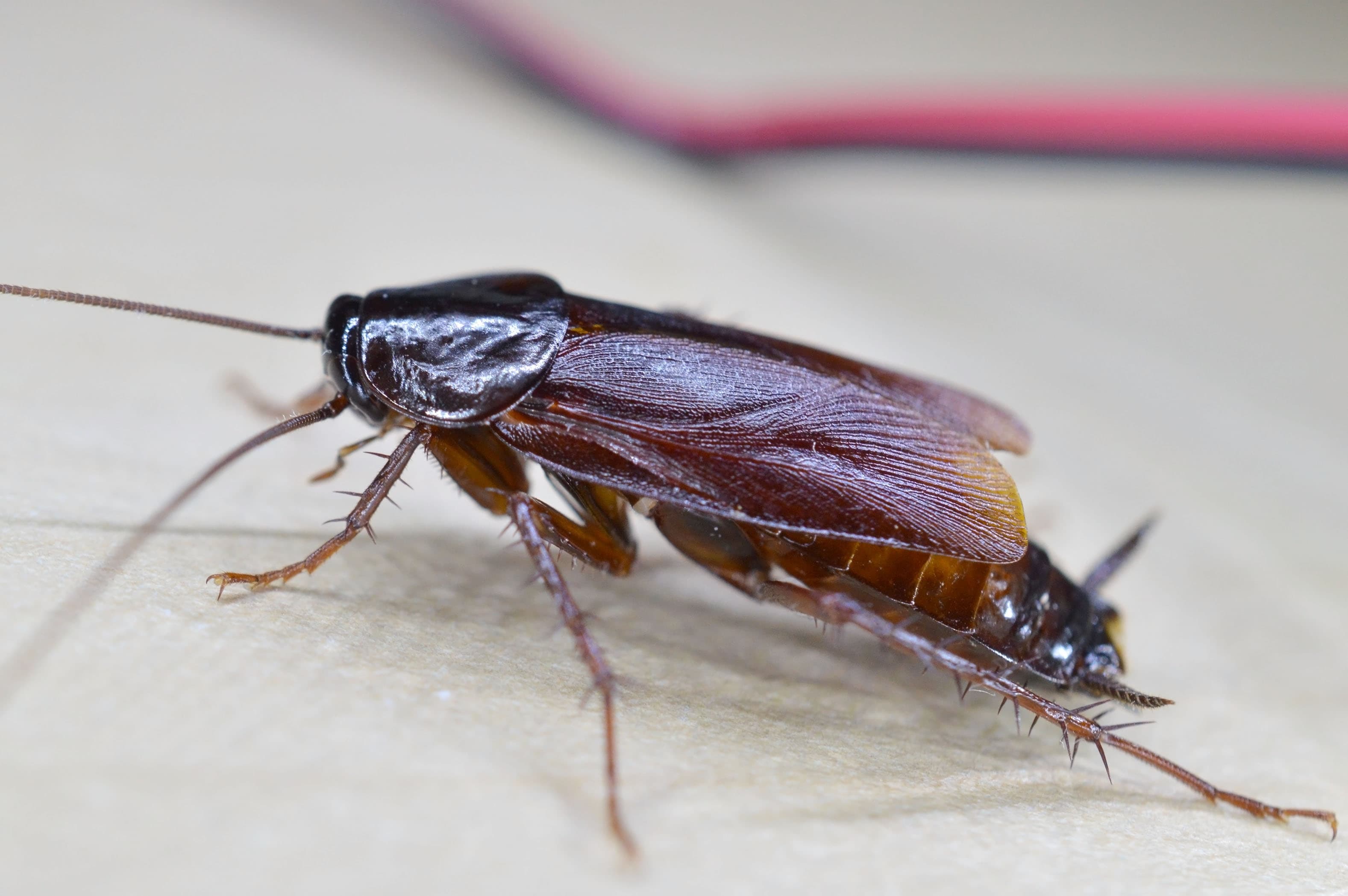Oriental Cockroach
Blatta orientalis
CockroachesDark brown to black cockroach, about 1 to 1-1/4 inches long. Females are wingless; males have short wings. Prefers cool, damp locations and is often found in basements. Slower moving than other cockroach species.

Control Methods
Recommended methods for controlling this pest
| Method | Type | Effectiveness | Requirements |
|---|---|---|---|
| Gel Bait Application for Cockroaches | Chemical | Required | |
| Pipe Penetration Sealing | Mechanical | None | |
| Boric Acid Dust Application | Chemical | Required |
Common Harborage Locations
Where to find this pest during inspections
| Location | Why Found There | Priority |
|---|---|---|
| Under Kitchen Sinks | Moisture from leaks and condensation, warmth from drain water, darkness, food debris washed down, and minimal disturbance. | Critical |
| Under Bathroom Sinks | High humidity from sink use, plumbing leaks, standing water in cabinet bases, warmth from hot water pipes. | High |
| Behind Toilets | Difficult to clean area, moisture from condensation and leaks, warmth from water supply, protected location. | High |
| Basements | High humidity, cooler temperatures, stored items, potential for flooding, entry point from outside. | Critical |
| Crawl Spaces | Direct earth contact, very high humidity, minimal disturbance, abundant hiding spots, poor ventilation. | Critical |
| Floor Drains | Constant moisture, organic matter accumulation, connection to sewer system, warm environment. | High |
| Sewer Lines & Cleanouts | Direct access from outside, moisture, organic matter, protected pathway into structure. | High |
| Outdoor Dumpsters | Massive food source, warmth from decomposition, moisture, protection from elements. | Critical |
| Exterior Foundation | Entry points to structure, protection from weather, moisture accumulation. | High |
Important Disclaimer: The information provided in this knowledge base is for educational and reference purposes only. Pest management professionals should always consult current product labels, Safety Data Sheets (SDS), manufacturer instructions, and applicable local, state, and federal regulations as the definitive source of truth. Product formulations, application methods, safety requirements, and regulations may change over time. This information may be out of date and should not replace professional judgment, proper training, or required licensing and certifications.